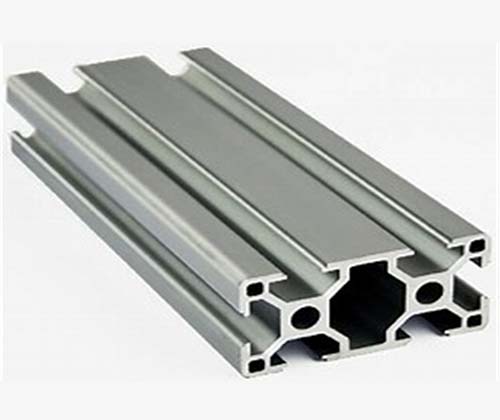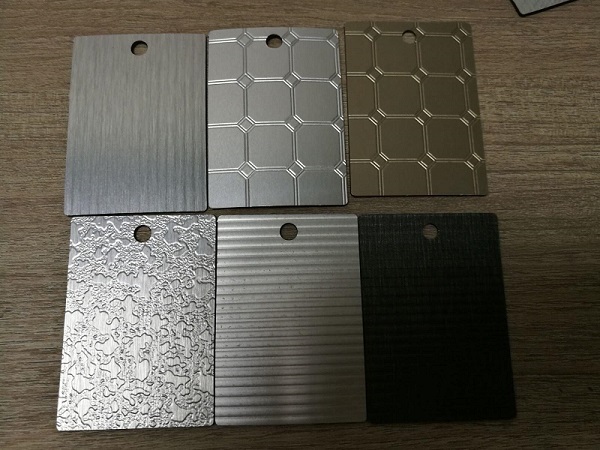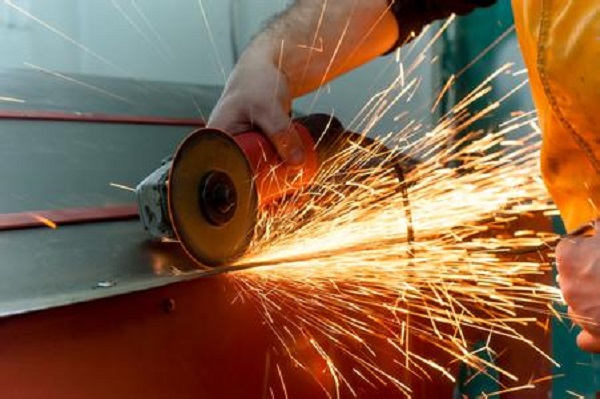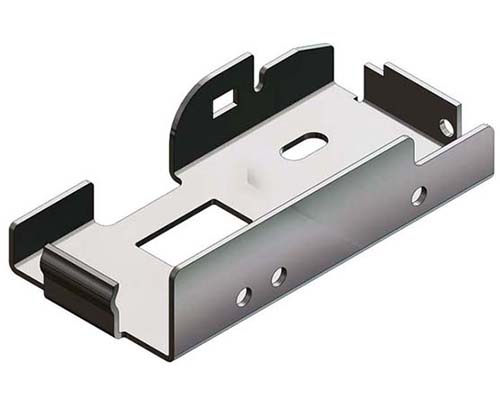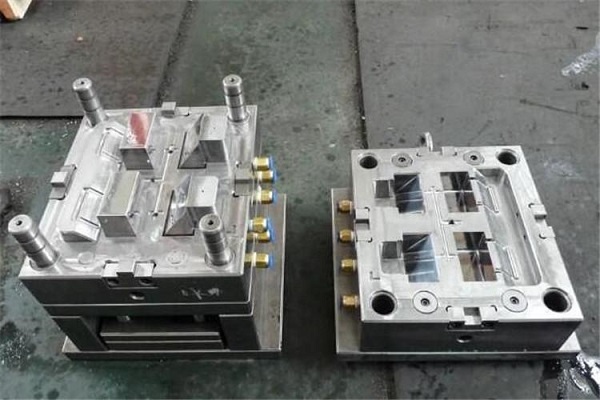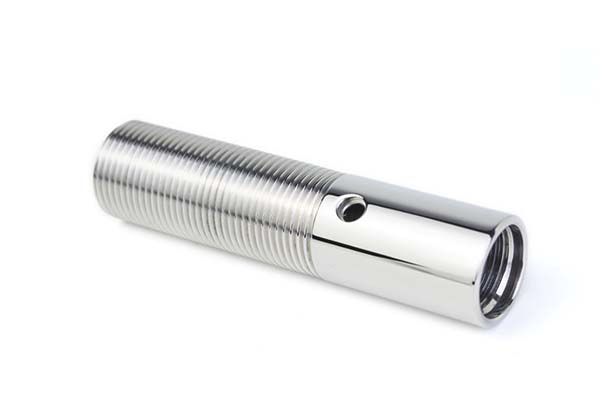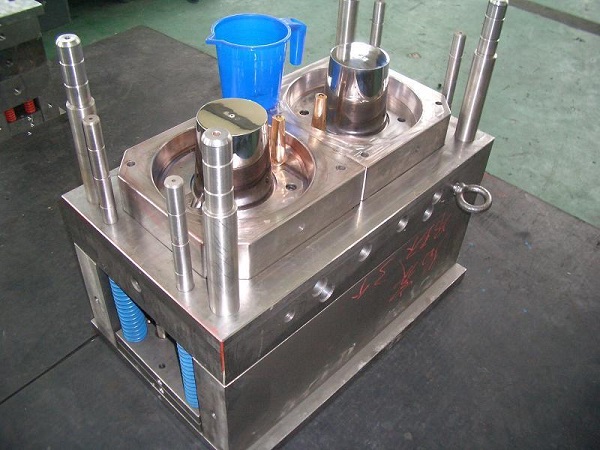If you’re wondering what aluminum injection is and how it works for manufacturing, you’re in the right place. Simply put, aluminum injection (also called aluminum die casting) is a manufacturing process where molten aluminum is forced under high pressure into a metal mold (called a die) to create complex, precise parts in large quantities. It’s widely used across industries because it balances speed, cost-effectiveness, and part quality—making it a go-to for everything from car parts to household appliances. In this guide, we’ll break down how it works, its benefits, key considerations, and real-world uses to help you decide if it’s right for your project.
How Does Aluminum Injection Work? A Step-by-Step Breakdown
Understanding the aluminum injection process is key to leveraging its benefits. While it may sound complex, it follows a straightforward, repeatable sequence that ensures consistency—even for intricate parts. Below is a detailed, step-by-step explanation, plus a real-world example to illustrate how it plays out in practice.
- Die Preparation: First, the two halves of the metal die (typically made of steel) are cleaned to remove any leftover aluminum or debris from previous cycles. A small amount of lubricant is then sprayed inside the die cavity. This lubricant prevents the molten aluminum from sticking to the die and helps with cooling.
Example: At a automotive parts factory I worked with last year, they used a water-based lubricant for their brake caliper dies. This reduced die wear by 20% compared to oil-based alternatives, cutting maintenance costs.
- Melting the Aluminum: Pure aluminum or an aluminum alloy (most common are Al-Si or Al-Mg alloys, which offer better strength and castability) is loaded into a furnace. It’s heated to a temperature between 650°C and 700°C (1202°F to 1292°F)—hot enough to turn solid aluminum into a smooth liquid, but not so hot that it damages the metal’s properties.
- Injection into the Die: The molten aluminum is transferred to a shot sleeve (a cylindrical tube) and then pushed into the die cavity using a plunger. The pressure here is intense—usually between 10 MPa and 150 MPa (1,450 psi to 21,755 psi)—to ensure the liquid metal fills every detail of the die, even tiny holes or thin walls.
- Cooling and Solidification: Once the die is full, the aluminum is left to cool and harden inside the mold. Cooling time depends on the part’s thickness: a small component (like a phone charger housing) might take 10–30 seconds, while a larger part (like a engine bracket) could take 1–2 minutes. The die’s metal construction speeds up cooling, which keeps production cycles fast.
- Ejection and Finishing: After solidification, the die opens, and ejector pins push the finished part out. Most parts need minor finishing—like trimming excess aluminum (called “flash”) or smoothing rough edges. Some may also undergo additional processes, such as painting, coating, or machining for extra precision.
Key Benefits of Aluminum Injection for Manufacturers
Aluminum injection isn’t just popular by chance—it offers a unique set of advantages that make it ideal for high-volume, precision-focused production. Below are the top benefits, backed by data and real-world use cases to show their impact.
1. High Precision and Complex Part Capability
Aluminum injection excels at creating parts with tight tolerances (often as small as ±0.005 inches) and complex shapes—like parts with internal channels, thin walls (down to 0.5 mm), or multiple features in one piece. This eliminates the need to assemble multiple components, saving time and reducing errors.
Data Point: According to the North American Die Casting Association (NADCA), aluminum die cast parts have a dimensional accuracy rate of over 95%, far higher than other metal forming processes like forging.
2. Fast Production Cycles
Compared to processes like machining or investment casting, aluminum injection is much faster. A single cycle (from die closing to part ejection) can take as little as 10 seconds for small parts, allowing manufacturers to produce thousands of parts per day.
Example: A consumer electronics company I consulted for used aluminum injection to make laptop hinge brackets. They went from producing 500 brackets per day with machining to 10,000 per day with injection—cutting lead times by 80%.
3. Lightweight yet Strong Parts
Aluminum is naturally lightweight (about 1/3 the weight of steel), but aluminum alloys used in injection are strengthened with elements like silicon or magnesium. This makes the final parts strong enough for demanding applications (like automotive or aerospace) while reducing overall product weight.
Key Fact: Aluminum die cast parts have a tensile strength ranging from 150 MPa to 400 MPa, which is comparable to some steels—but at a fraction of the weight. This is why car manufacturers use aluminum injection parts to reduce vehicle weight and improve fuel efficiency.
4. Cost-Effectiveness for High Volumes
While the initial cost of creating a die (which can range from \(10,000 to \)100,000+ for complex designs) is high, the per-unit cost drops dramatically for large production runs. This is because the die can be reused thousands (even millions) of times, and the fast cycle times reduce labor and energy costs.
Comparison: For a production run of 100,000 parts, aluminum injection costs 30–50% less per unit than machining, according to a 2024 study by the Manufacturing Technology Insights.
5. Excellent Surface Finish
Aluminum injection parts come out of the die with a smooth surface (typically 32–125 RMS), which means less finishing work is needed. This is a big advantage for parts that need to look good (like consumer products) or require a tight seal (like hydraulic components).
Common Applications of Aluminum Injection Across Industries
Aluminum injection’s versatility makes it useful in nearly every major industry. Below’s a breakdown of where it’s most commonly used, with specific examples to show how it solves industry-specific challenges.
| Industry | Typical Applications | Why Aluminum Injection Works Here |
| Automotive | Engine brackets, transmission cases, brake calipers, dashboard frames | Lightweight (improves fuel efficiency), high strength, fast production for high volumes |
| Consumer Electronics | Phone charger housings, laptop hinges, camera bodies | Precision for small parts, smooth surface finish, cost-effective for mass production |
| Aerospace | Satellite components, aircraft interior parts, fuel system fittings | Lightweight (reduces aircraft weight), corrosion resistance (important for altitude environments) |
| Medical | Surgical instrument handles, diagnostic device housings | Precision (critical for medical tools), easy to sterilize (aluminum is non-porous) |
| Industrial | Pump housings, valve bodies, motor casings | Durable (handles heavy use), can withstand high temperatures |
Real-World Example: In the automotive industry, Tesla uses aluminum injection to produce parts like the Model 3’s rear underbody casting. This single part replaces 70+ separate components, reducing assembly time by 30% and improving the car’s structural rigidity.
Critical Factors to Consider Before Using Aluminum Injection
While aluminum injection has many benefits, it’s not the right choice for every project. Below are the key factors to evaluate to ensure it aligns with your needs.
1. Part Design Constraints
Not all part designs work for aluminum injection. For example:
- Wall Thickness: Walls that are too thick (over 6 mm) can cause “shrinkage cavities” (holes) as the aluminum cools. Walls that are too thin (under 0.5 mm) may not fill properly with molten aluminum.
- Undercuts: Features like grooves or tabs that face inward (undercuts) are hard to remove from the die. You may need to redesign the part or use a more complex (and expensive) die with moving components.
2. Production Volume
Aluminum injection is only cost-effective for high volumes (usually 10,000+ parts). If you need a small number of parts (e.g., 500), processes like machining or 3D printing are cheaper—since you’ll avoid the high die setup cost.
3. Alloy Selection
The type of aluminum alloy you choose affects the part’s strength, corrosion resistance, and castability. The most common alloys are:
- A380: The most popular alloy—great for general-purpose parts (like appliance housings) because it’s easy to cast and has good strength.
- A356: Better for parts that need high strength (like automotive suspension components) and can be heat-treated to improve durability.
- A413: Ideal for parts with thin walls (like electronics components) because it flows easily into small die cavities.
4. Die Material and Maintenance
Dies are usually made of H13 tool steel (for high-temperature resistance), but they wear out over time—especially with high-volume production. You’ll need to budget for regular maintenance (like polishing or repairing cracks) to keep the die in good shape. On average, a die lasts 50,000–1,000,000 cycles, depending on the part complexity and alloy used.
Common Challenges in Aluminum Injection and How to Solve Them
Even with its advantages, aluminum injection can face issues that affect part quality or production efficiency. Below are the most common problems and practical solutions, based on industry experience.
1. Porosity (Small Holes in the Part)
Cause: Trapped air or gas in the molten aluminum gets trapped as the metal cools, creating tiny holes. This is common if the aluminum isn’t properly degassed (removing gas bubbles) before injection.
Solution:
- Use a degassing unit (like a rotary degasser) to remove gas from the molten aluminum before injection.
- Reduce the injection speed slightly—faster speeds can trap more air in the die.
- Add a vent (a small channel) to the die to let air escape as the aluminum fills the cavity.
Example: A manufacturer I worked with was struggling with porosity in their pump housings. After adding a degassing step and adjusting the die vents, porosity was reduced by 75%.
2. Flash (Excess Aluminum on the Part)
Cause: Flash happens when molten aluminum leaks between the two halves of the die. This is usually due to worn die components or insufficient clamping pressure.
Solution:
- Check the die for wear (like damaged sealing surfaces) and repair or replace parts as needed.
- Increase the clamping pressure—this ensures the die halves stay tightly closed during injection.
- Use a trim press to quickly remove flash after ejection—this streamlines finishing.
3. Cold Shuts (Lines in the Part)
Cause: Cold shuts occur when two streams of molten aluminum meet in the die but don’t fully merge. This happens if the aluminum cools too quickly or the injection speed is too slow.
Solution:
- Increase the molten aluminum temperature by 10–20°C (50–68°F) to keep it liquid longer.
- Speed up the injection process so the aluminum streams merge before cooling.
- Redesign the die to have fewer “gates” (entry points for aluminum)—fewer gates mean fewer streams to merge.
Yigu Technology’s Perspective on Aluminum Injection
At Yigu Technology, we see aluminum injection as a cornerstone of modern manufacturing—especially as industries shift toward lightweight, high-performance products. Over the years, we’ve helped clients optimize their aluminum injection processes, from die design to alloy selection, and we’ve noticed three key trends: first, the demand for “net-shape” parts (parts that need no finishing) is growing, which pushes for more precise die design and better alloy flow. Second, sustainability is becoming a priority—aluminum is 100% recyclable, and we’re helping clients use recycled aluminum in their injection processes to cut carbon footprints by up to 30%. Finally, automation (like robotic part ejection and die maintenance) is making aluminum injection even faster and more consistent. For businesses looking to scale production or improve part quality, aluminum injection isn’t just a process—it’s a strategic tool to stay competitive.
FAQ About Aluminum Injection
1. Is aluminum injection the same as aluminum die casting?
Yes! “Aluminum injection” is just another term for aluminum die casting—the process of forcing molten aluminum into a die under pressure. The two terms are used interchangeably in the manufacturing industry.
2. Can aluminum injection be used for small production runs?
It’s not recommended. The initial cost of creating a die (usually $10,000+) is high, so aluminum injection is only cost-effective for large runs (10,000+ parts). For small runs, processes like machining or 3D printing are cheaper.
3. How strong are aluminum injection parts compared to steel parts?
Aluminum injection parts are lighter (1/3 the weight of steel) but can still be strong—tensile strength ranges from 150 MPa to 400 MPa. While this is less than high-strength steel (which can be 600 MPa+), aluminum parts are often sufficient for applications where weight is a priority (like cars or aircraft).
4. Are aluminum injection parts corrosion-resistant?
It depends on the alloy. Some alloys (like A356) have good natural corrosion resistance, but others may need a coating (like anodizing or powder coating) for use in wet or harsh environments (e.g., marine parts).
5. How long does a die last in aluminum injection?
A typical die (made of H13 tool steel) lasts 50,000–1,000,000 cycles. The lifespan depends on factors like part complexity, alloy used, and how well the die is maintained (regular cleaning and repairs extend life).
